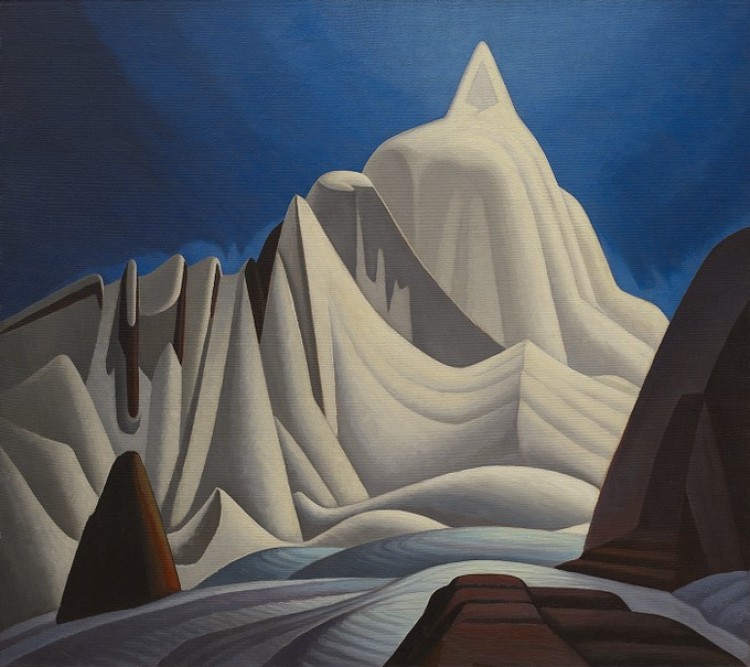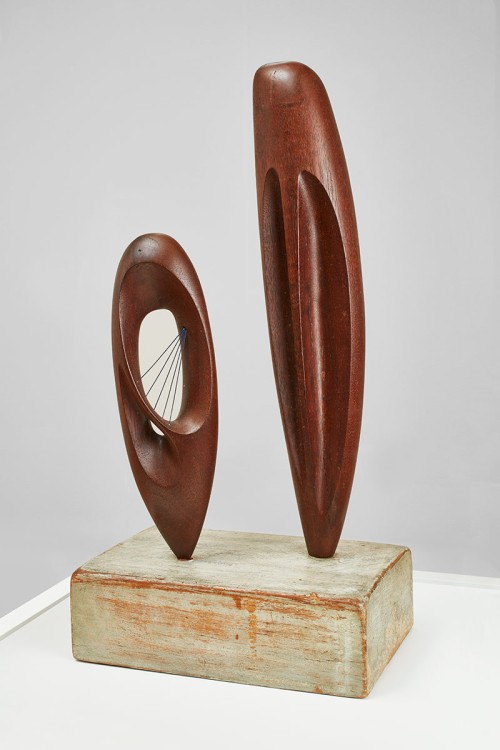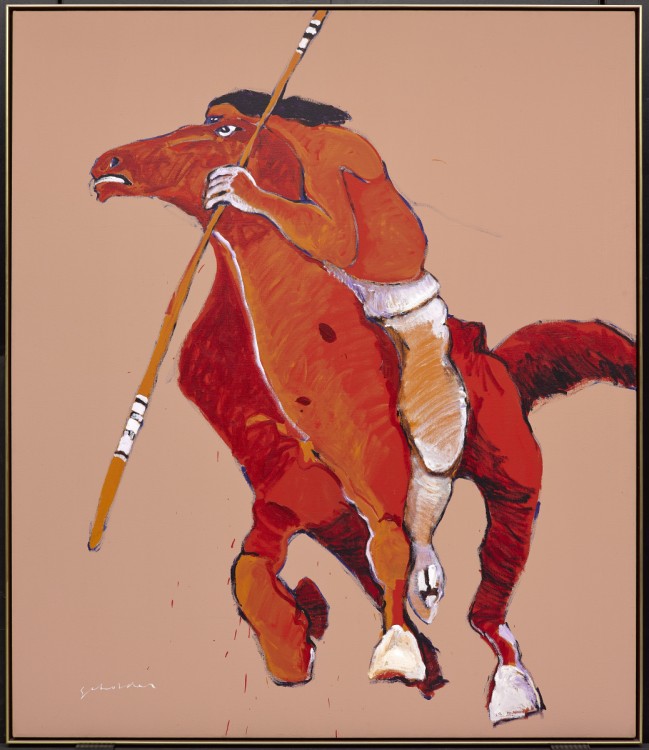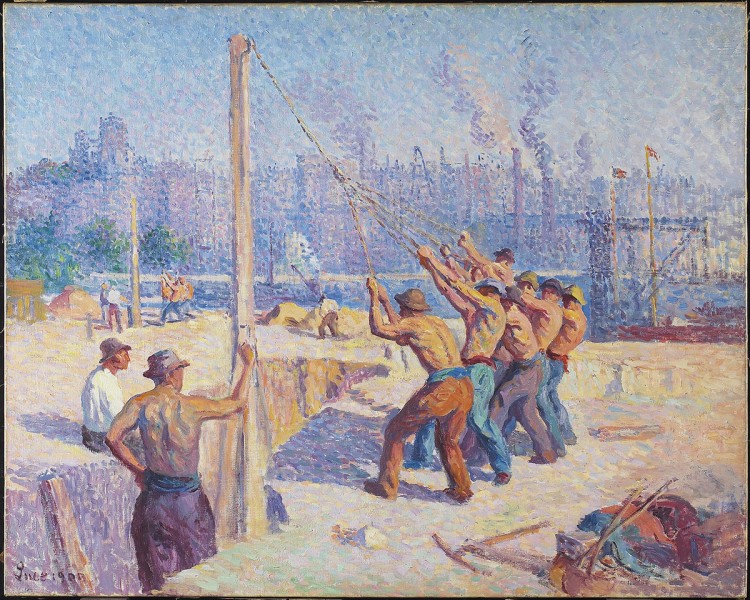Art Pick of the Week: The Rose
Agnes Martin’s The Rose highlights the powerful impact of subtlety.

Sometimes art speaks with a bold and deliberate voice, like a vivid biblical snapshot by Peter Paul Rubens, or a biting satirical caricature by Sandow Birk. Other times, room for interpretation is left for the viewer. In the case of Agnes Martin (1912–2004), seemingly simple, abstract linework is a gateway to individual exploration. In this week’s Art Pick, The Rose, Martin highlights the powerful impact of subtlety.
Located in Gallery 132 on a large 6 x 6 ft. square canvas, from a distance The Rose appears as completely unmarked negative space with a faint pinkish hue. However, as you approach the piece, each step slowly reveals greater detail, eventually exposing an expansive grid of tiny squares. This may build your interest, but your greatest discovery will be made by leaning in to see the entire grid is actually hand-drawn by Martin using red and black pencils. These tiny and unique hand-drawn squares ultimately become a profound juxtaposition through which Martin shows us a multitude of small imperfections situated within a large, perfect square – tons for you to unpack and interpret.
Much like her work, Martin’s life story is complex and requires closer attention to understand. Born in Macklin, Saskatchewan and raised in Vancouver, Martin later immigrated to the U.S. and received her B.A. from Columbia University in New York City. There she was greatly influenced by the Buddhist lectures of D. T. Suzuki, whose ideas inspired much of her artistic philosophy. After teaching art courses for a while in New Mexico, in 1957 she returned to New York where she would begin the most influential period of her career. During this time, she lived communally in an abandoned building-turned-artist loft with other prominent American artists, including Robert Indiana and Ellsworth Kelly. After creating some of her most iconic work, Martin suffered a major psychotic episode in 1968, denounced painting and moved to a remote location in New Mexico. She began creating again five years later but remained in the American Southwest living mostly as a recluse for the rest of her days.
Martin was deeply inspired by the work of Mark Rothko, and although many thought of her as a minimalist, she considered herself an abstract expressionist. The majority of her pieces feature gridwork similar to The Rose, yet have very pointed and distinct meanings. Arne Glimcher, her close friend and official biographer, once noted that Martin’s paintings were meant to “extend your perception to the awareness of beauty around you, but more than anything else to the recognition of beauty within you.” He then describes a time he witnessed Martin take a rose from a child, placing it behind her back, out of the child’s view. She asked, “Is the rose still beautiful?”, to which the child emphatically replied, “Yes!” This was Martin conducting an object lesson that reflected her artistic approach: restraint, subtly and the belief that the removal of what’s literal can force us to find answers within.
Stay tuned for next week’s Art Pick.
Admission to the AGO Collection and all special exhibitions is always free for AGO Members, AGO Annual Pass holders and visitors 25 and under.




